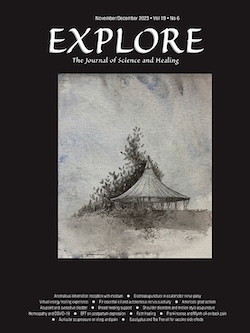FARALLON NATIONAL WILDLIFE REFUGE – On these craggy, remote islands west of San Francisco, the largest seabird colony in the contiguous United States throbs with life. Seagulls swarm so thick that visitors must yell to be heard above their cries. Pelicans glide. But the steep decline of one bird species for the second straight year has rekindled scientists’ fears that global warming could be undermining the coastal food supply, threatening not just the Farallones but entire marine ecosystems. Tiny Cassin’s auklets live much of their lives on the open ocean. But in spring, these gray-and-white relatives of the puffin venture to isolated Pacific outposts such as the Farallones to dig deep burrows and lay their eggs. Adult auklets usually feed their chicks with krill, the minuscule shrimplike crustaceans that anchor the ocean’s complex food web. But not this year. Almost none of the 20,000 pairs of Cassin’s auklets nesting in the Farallones will raise a chick that lives more than a few days, a repeat of last year’s ‘unprecedented’ breeding failure, according to Russ Bradley, a seabird biologist with the Point Reyes Bird Observatory who monitors the birds on the islands. Scientists blame changes in […]
Monday, July 24th, 2006
Climate Change Wreaks Havoc on Seabirds
Author: MARCUS WOHLSEN
Source: The Associated Press
Publication Date: Sun, Jul. 23, 2006
Link: Climate Change Wreaks Havoc on Seabirds
Source: The Associated Press
Publication Date: Sun, Jul. 23, 2006
Link: Climate Change Wreaks Havoc on Seabirds
Stephan: Thanks to Judy Tart.









